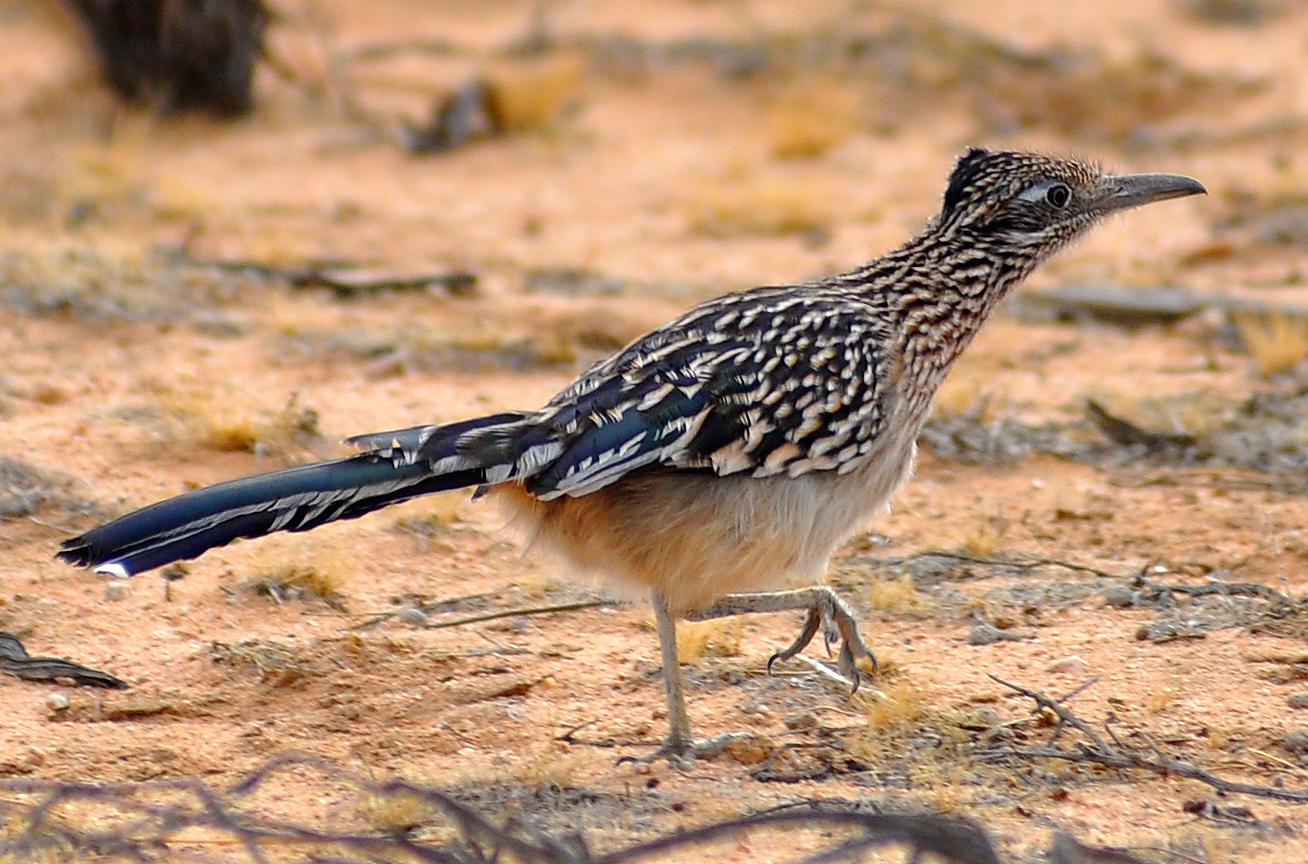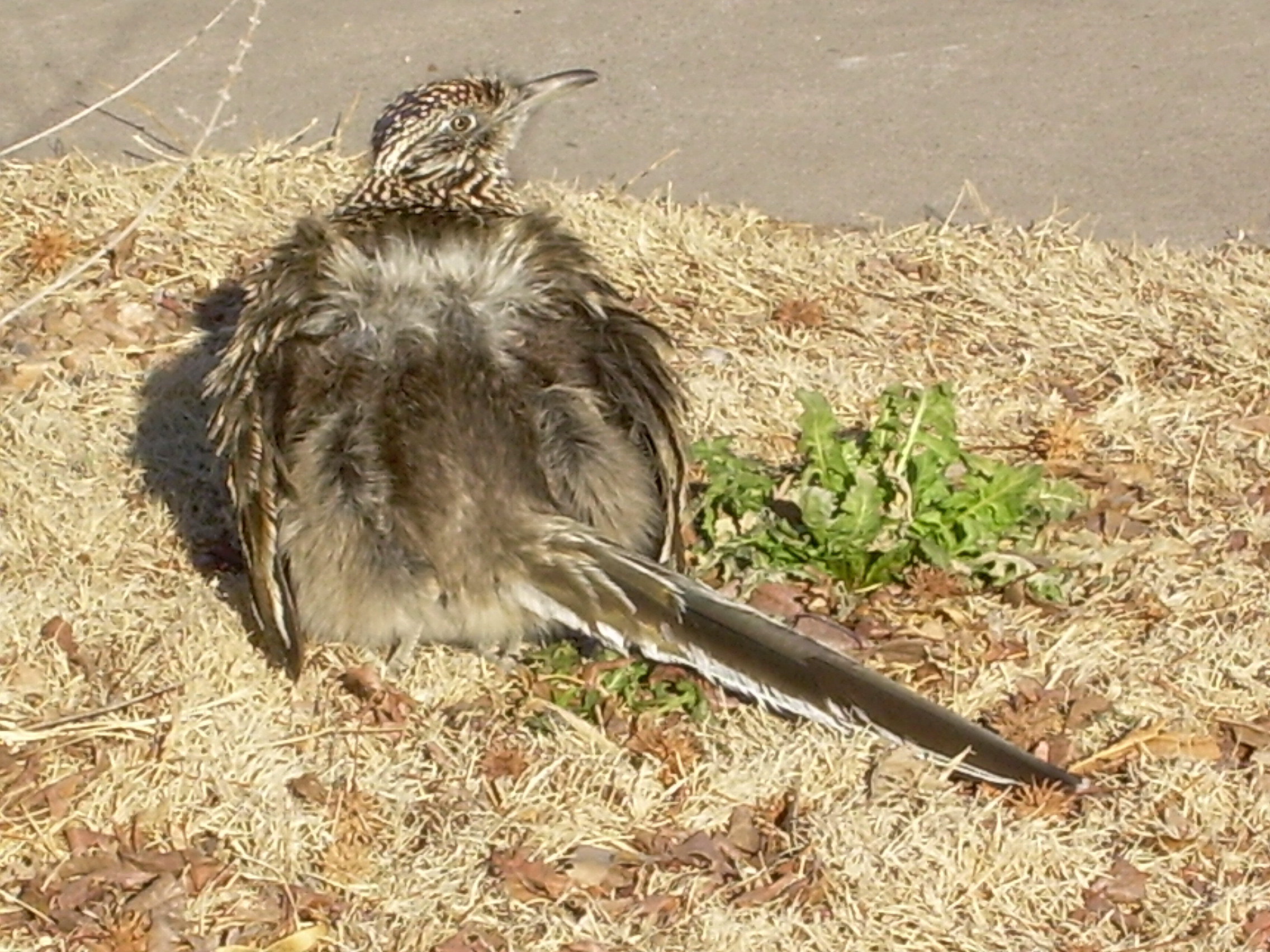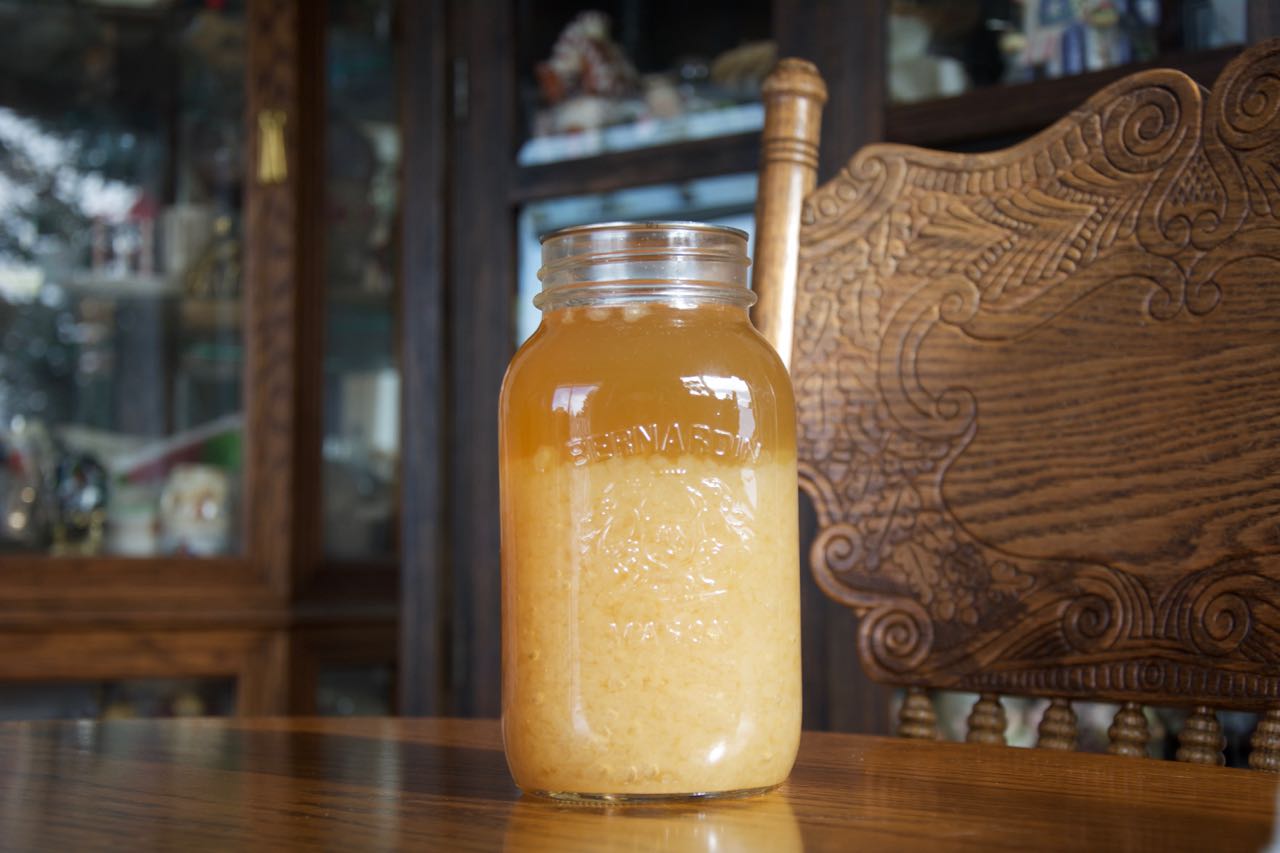|
Tolantongo
Tolantongo is a box canyon and resort located 17 kilometres from Ixmiquilpan on Route 27 in the Mezquital Valley, State of Hidalgo in Mexico, It is about 1.5 hours northwest of Pachuca and 198 km or three-to-four hours north of Mexico City. The closest village to the resort is called El Cardonal and it is part of Cardonal Municipality. From the Nahuatl Tonaltonko (Home where it feels warm). In his book "Lo que el viento nos dejo: hojas de terruño hidalguense", journalist Enrique Rivas Paniagua gives the etymology of Tolantongo a very deep look: "... the neighboring towns called it Tonaltongo (derivation of Tonaltonko), ... but in 1975 when this eden was discovered and was promoted by the magazine "Mexico Desconocido" the name was misspelled and that is how it "officially" got the name Tolantongo." The river in the canyon is also called Tolantongo. It is pleasantly warm, colored by mineral salts it picks up as it passes through the mountain. The water comes from a comp ... [...More Info...] [...Related Items...] OR: [Wikipedia] [Google] [Baidu] |
Hidalgo (state)
Hidalgo, officially the Free and Sovereign State of Hidalgo, is one of the 31 states which, along with Mexico City, constitute the 32 Political divisions of Mexico, federal entities of Mexico. It is divided into Municipalities of Hidalgo, 84 municipalities and its capital city is Pachuca, Pachuca de Soto. It is located in east-central Mexico and is bordered by San Luis Potosí and Veracruz on the north, Puebla on the east, Tlaxcala and State of Mexico on the south and Querétaro on the west. In 1869, Benito Juárez created the State of Hidalgo and made Pachuca its capital city; ''"de Soto"'' was added later in recognition of , who is considered the most important driving force in creating the state. The state was named after Miguel Hidalgo y Costilla, the initiator of the Mexican War of Independence. The indigenous peoples of the state, such as the Otomi people, Otomi, retain much of their Pre-Columbian Mexico, traditional culture. In addition to Spaniards in Mexico, Mexicans o ... [...More Info...] [...Related Items...] OR: [Wikipedia] [Google] [Baidu] |
Erosion
Erosion is the action of surface processes (such as Surface runoff, water flow or wind) that removes soil, Rock (geology), rock, or dissolved material from one location on the Earth's crust#Crust, Earth's crust and then sediment transport, transports it to another location where it is deposit (geology), deposited. Erosion is distinct from weathering which involves no movement. Removal of rock or soil as clastic sediment is referred to as ''physical'' or ''mechanical'' erosion; this contrasts with ''chemical'' erosion, where soil or rock material is removed from an area by Solvation, dissolution. Eroded sediment or solutes may be transported just a few millimetres, or for thousands of kilometres. Agents of erosion include rainfall; bedrock wear in rivers; coastal erosion by the sea and Wind wave, waves; glacier, glacial Plucking (glaciation), plucking, Abrasion (geology), abrasion, and scour; areal flooding; Aeolian processes, wind abrasion; groundwater processes; and Mass wastin ... [...More Info...] [...Related Items...] OR: [Wikipedia] [Google] [Baidu] |
Geococcyx Californianus
The greater roadrunner (''Geococcyx californianus'') is a long-legged bird in the cuckoo family, Cuculidae, from the Aridoamerica region in the Southwestern United States and Mexico. The scientific name means "Californian earth-cuckoo". Along with the lesser roadrunner, it is one of two species in the genus ''Roadrunner, Geococcyx''. This roadrunner is also known as the chaparral cock, ground cuckoo, and snake killer. Taxonomy and systematics Greater roadrunner fossils dating from the Holocene and Pleistocene have been found in California,Arizona, New Mexico, and Texas, in the United States, and the Mexico, Mexican state of Nuevo León. The oldest known fossil comes from a cave in New Mexico, estimated at an age of 33,500 years. In the La Brea Tar Pits, fragments from 25 greater roadrunner fossils have been found. Several other fossils are also known from Santa Barbara County, Santa Barbara and Kern County, Kern counties, as well as Northern Mexico Bioregion, Northern Mexico. Prehi ... [...More Info...] [...Related Items...] OR: [Wikipedia] [Google] [Baidu] |
Greater Roadrunner
The greater roadrunner (''Geococcyx californianus'') is a long-legged bird in the cuckoo family, Cuculidae, from the Aridoamerica region in the Southwestern United States and Mexico. The scientific name means "Californian earth-cuckoo". Along with the lesser roadrunner, it is one of two species in the genus '' Geococcyx''. This roadrunner is also known as the chaparral cock, ground cuckoo, and snake killer. Taxonomy and systematics Greater roadrunner fossils dating from the Holocene and Pleistocene have been found in California,Arizona, New Mexico, and Texas, in the United States, and the Mexican state of Nuevo León. The oldest known fossil comes from a cave in New Mexico, estimated at an age of 33,500 years. In the La Brea Tar Pits, fragments from 25 greater roadrunner fossils have been found. Several other fossils are also known from Santa Barbara and Kern counties, as well as Northern Mexico. Prehistoric remains indicate that until 8,000 years ago, the greater roadrunner ... [...More Info...] [...Related Items...] OR: [Wikipedia] [Google] [Baidu] |
Raccoon
The raccoon ( or , ''Procyon lotor''), sometimes called the North American, northern or common raccoon (also spelled racoon) to distinguish it from Procyonina, other species of raccoon, is a mammal native to North America. It is the largest of the procyonid family, having a body length of , and a body weight of . Its grayish coat mostly consists of dense underfur, which insulates it against cold weather. The animal's most distinctive features include its extremely dexterous front paws, its facial mask, and its ringed tail, which are common themes in the mythologies of the Indigenous peoples of the Americas surrounding the species. The raccoon is noted for its animal cognition, intelligence, and studies show that it can remember the solution to tasks for at least three years. It is usually nocturnal and omnivorous, eating about 40% invertebrates, 33% plants, and 27% vertebrates. The original habitats of the raccoon are deciduous and temperate broadleaf and mixed forests, mixed ... [...More Info...] [...Related Items...] OR: [Wikipedia] [Google] [Baidu] |
Fermented Beverage
This is a list of fermented foods, which are foods produced or preserved by the action of microorganisms. In this context, Fermentation in food processing, fermentation typically refers to the fermentation of sugar to ethanol, alcohol using yeast, but other fermentation processes involve the use of bacteria such as lactobacillus, including the making of foods such as yogurt and sauerkraut. Many fermented foods are Mass production, mass-produced using industrial fermentation processes. The science of fermentation is known as zymology. Many pickling, pickled or souring, soured foods are fermented as part of the pickling or souring process, but many are simply processed with brine, vinegar, or another acid such as lemon juice. __TOC__ Fermented foods Fermented beans and seeds Fermented cheeses Most cheeses are fermented as part of their production. Fermented condiments Fermented creams and yogurts Fermented grains and grain-based foods Fermented fru ... [...More Info...] [...Related Items...] OR: [Wikipedia] [Google] [Baidu] |
Pulque
Pulque (; ), occasionally known as octli or agave wine, is an alcoholic beverage made from the fermented sap of the maguey (agave) plant. It is traditional in central Mexico, where it has been produced for millennia. It has the color of milk, a rather viscous consistency and a sour yeast-like taste. The drink's history extends far back into the Mesoamerican period, when it was considered sacred, and its use was limited to certain classes of people. After the Spanish conquest of the Aztec Empire, the drink became secular and its consumption rose. The consumption of pulque reached its peak in the late 19th century. In the 20th century, the drink fell into decline, mostly because of competition from beer, which became more prevalent with the arrival of European immigrants, but pulque remains popular in many parts of Central Mexico, however, and there have been some efforts to revive the drink's popularity elsewhere through tourism. Similar drinks exist elsewhere in Latin Ameri ... [...More Info...] [...Related Items...] OR: [Wikipedia] [Google] [Baidu] |
Agave Americana
''Agave americana'', commonly known as the century plant, maguey, or American aloe, is a flowering plant species belonging to the family Asparagaceae. It is native to Mexico and the United States, specifically Texas. This plant is widely cultivated worldwide for its ornamental value and has become naturalized in various regions, including Southern California, the West Indies, South America, the Mediterranean Basin, Africa, the Canary Islands, India, China, Thailand, and Australia. Despite being called "American aloe" in common parlance, ''Agave americana'' is not a member of the same family as ''Aloe'', although it falls under the same order, Asparagales. Description The common name "century plant" stems from its monocarpic nature of flowering only once at the end of its long life. After flowering, the plant dies but produces adventitious shoots from the base, allowing its growth to continue. Although it is called the century plant, it typically lives only 10 to 30 years. ... [...More Info...] [...Related Items...] OR: [Wikipedia] [Google] [Baidu] |
Euphorbia Pulcherrima
The poinsettia (; ''Euphorbia pulcherrima'') is a commercially important flowering plant species of the diverse spurge family Euphorbiaceae. Indigenous to Mexico and Central America, the poinsettia was first described by Europeans in 1834. It is particularly well known for its red and green foliage and is widely used in Christmas floral displays. It derives its common English name from Joel Roberts Poinsett, the first United States minister to Mexico, who is credited with introducing the plant to the US in the 1820s. Poinsettias are shrubs or small trees, with heights of . Though often stated to be highly toxic, the poinsettia is not dangerous to pets or children. Exposure to the plant, even consumption, most often results in no effect, though it can cause nausea, vomiting, or diarrhea. Wild poinsettias occur from Mexico to southern Guatemala, growing on mid-elevation, Pacific-facing slopes. One population in the Mexican state of Guerrero is much further inland, however, and i ... [...More Info...] [...Related Items...] OR: [Wikipedia] [Google] [Baidu] |
Bursera Simaruba
''Bursera simaruba'', commonly known as gumbo-limbo, the tourist tree, copperwood, almácigo, chaca, West Indian birch, naked Indian, and turpentine tree, is a tree species in the family Burseraceae, native to the Neotropics, from South Florida to Mexico and the Caribbean to Brazil, Nicaragua, and Venezuela. ''Bursera simaruba'' is prevalent in the Petenes mangroves ecoregion of the Yucatán, where it is a subdominant plant species to the mangroves. In the United States, specimens may be found in the Gulf of Mexico along the western coast of Florida. Description ''Bursera simaruba'' is a small to medium-sized tree growing to 30 meters tall, with a diameter of one meter or less at 1.5 meters above ground.Foster (2007) The bark is shiny dark red, and the leaves are spirally arranged and pinnate with 7-11 leaflets, each leaflet broad ovate, 4–10 cm long and 2–5 cm broad. Gumbo-limbo is semi-evergreen. In Florida, the tree is known by the common name the tourist ... [...More Info...] [...Related Items...] OR: [Wikipedia] [Google] [Baidu] |
Cephalocereus Senilis
''Cephalocereus senilis'', the old man cactus, is a species of cactus native to Hidalgo and Veracruz in central Mexico. It is threatened in the wild, but widespread propagation and popularity in cultivation have reduced the demand on wild populations. Description ''Cephalocereus senilis'' is a tall, columnar species with clusters of stems that may grow to 5–15 m tall; the individual stems are usually unbranched, being unable to withstand the weight of side branches adequately. The most striking feature is the shaggy coat of long, white hairs suggestive of unkempt hair on an old man. The coat is a particularly striking silvery white on the young cactus; as the plant ages the stem begins to lose its covering. The flowers are red, yellow, or white, though the plant may not flower until 10–20 years old. Morphology and function of the coat The hairs are modified spines and they make many a plant appear almost snow-white; they serve to protect the plant from frost and sun. However ... [...More Info...] [...Related Items...] OR: [Wikipedia] [Google] [Baidu] |








